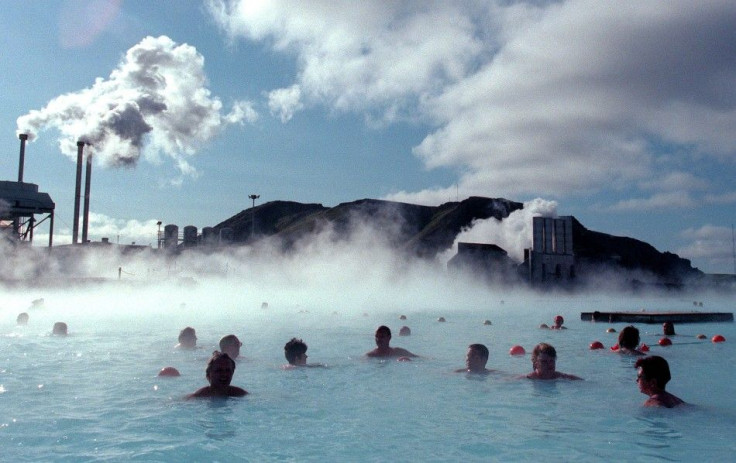Iceland Is Pushing Geothermal Boundaries With Magma-Generated Power

Molten rock that bursts out of volcanoes may increasingly provide energy to power homes and businesses in Iceland and beyond, a recent report in the journal Geothermics suggests.
The Icelandic Deep Drilling Project had been drilling shafts into volcanic bedrock up to 5 km (3.1 miles) deep and capturing the intense heat when, in 2009, a team struck an underground pool of magma. The borehole, IDDP-1, became the first of many wells drilled in Iceland to explore geothermal sources of energy for a power plant called Krafla, operated by IDDP and Iceland’s National Power Company.
The new method of using magma to generate high-pressure steam over 450 degrees Celsius (842 degrees Fahrenheit) set a world record for highest geothermal heat and was the first time heat from molten magma (vs. solid rock) was used to produce electricity.
“This could lead to a revolution in the energy efficiency of high-temperature geothermal projects in the future,” Wilfred Elders, one of the report’s three authors and professor emeritus of geology at the University of California, Riverside, told The Conversation.
Normal geothermal energy is harnessed by pumping water into hot, dry rocks where it boils and rises as steam that can be used to generate electricity. But normal geothermal heat doesn’t reach the temperatures magma can. Geothermal resources in the U.K. hover at around 60 to 80 degrees Celsius.
The IDDP-1 well generated about 36 megawatts of electricity, enough to power about 36,000 homes. That’s not much compared to coal-based power plants’ average 660 megawatts, but it's more than the average wind turbine, which generate about 1 to 3 megawatts each.
According to the Geothermal Energy Association, geothermal power plants emit 5 percent of the carbon dioxide, 1 percent of the sulfur dioxide and less than 1 percent of the nitrous oxide emitted by coal-fired plants of the same size. GEA estimated last year the global geothermal market produced more than the 12,000 megawatts originally projected for 2013.
In the U.S., geothermal accounted for about 3,200 megawatts in 2012. In late January, the U.S. Department of Energy earmarked $3 million for geothermal development. In Iceland, geothermal already accounts for two-thirds of energy usage and heats about 90 percent of households.
The IDDP's experiment stretched the known capability of geothermal, showing that magma-heated steam can be an energy source.
“Essentially, IDDP-1 is the world’s first magma-enhanced geothermal system, the first to supply heat directly from molten magma,” Elders said. “Drilling into magma is a very rare occurrence, and this is only the second known instance anywhere in the world.”
A second borehole, IDDP-2, will be drilled in southwest Iceland at Reykjanes sometime later this year or next.
© Copyright IBTimes 2024. All rights reserved.












